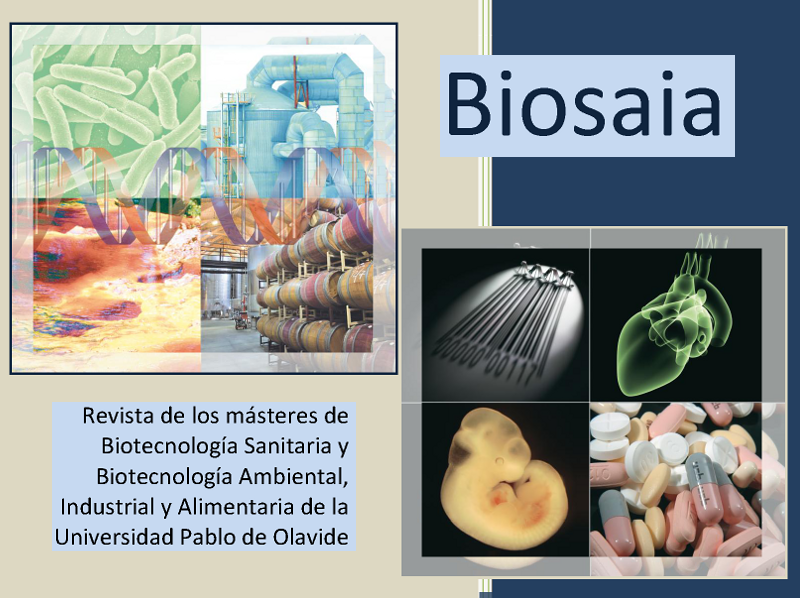Gene expression analysis in hereditary diseases using the tool Automatic and Serial Analysis of CO-expression (ASACO)
Palabras clave:
ASACO; gene expression; hereditary diseaseResumen
Motivation: In recent years, Bioinformatics has positioned itself as a highly demanded discipline within the scientific field thanks
to the recent advances which have allowed a significant growth in the information available about gene sequences and gene
expression. Specifically, gene expression analysis has proven to be a very useful technique for creating knowledge about
different complex hereditary diseases by obtaining new data that allows us to understand their actions, similarities with other
pathologies, genetic changes and even regulatory drugs. The main purpose of this project is to analyze genes for which
functional information is not available and to functionally annotate them with a new tool based on transcriptomic data to obtain
relevant data about the diseases in which they are involved.
Methods: For the present project the tool Automatic and Serial Analysis of CO-expression (ASACO) developed by the
UPOBioinfo Group, in the Bioinformatics Unit of the CABD (Centro Andaluz de Biolog a del Desarrollo) is used. This tool analyzes
the expression of a gene giving putative both positive and negative correlators.The procedure has first been performed with a
gene that has sufficient functional information to be used as a positive control for the study. Firstly, the gene is selected in UniProt
database, it is analyzed with ASACO (ASACO algorithm, pvalue < 0.05 and Fold Change 1 ) and the functional information
available in the database is compared to the one obtained with the tool. In addition, the genes involved in the biological pathways
in which the gene participates are compared with the positively and negatively co-rrelated genes found by ASACO.At the same
time, all the information acquired is reviewed in relation to the available bibliography on the subject so that it allows us to
understand the new data and draw relevant conclusions. Finally, the specificity and sensitivity of the assay are calculated. Next,
this procedure will be repeated starting with a list of 4 or 5 genes for which functional information is not available.
Results: The preliminary results with a well-known gene showed that its positive correlators had related functions with this gene.
Conclusions: Therefore, we expect to contribute to the creation of knowledge in the study of several hereditary diseases whose
genes do not present functional information and to demonstrate the usefulness and value provided by the used tool.
Descargas
Citas
P rez-Pulido, A. J., Asencio-Cort s, G., Brokate-Llanos, A. M., Brea-Calvo, G., Rodr guez-Gri olo, R., Garz n, A., & Mu oz, M. J. (2021). Serial coexpression
analysis of host factors from SARS-CoV viruses highly converges with former high-throughput screenings and proposes key regulators.
Briefings in Bioinformatics, 22(2), 1038-1052. https://doi.org/10.1093/bib/bbaa419
Zhang, T., Liu, N., Wei, W., Zhang, Z., & Li, H. (2021). Integrated Analysis of Weighted Gene Coexpression Network Analysis Identifying Six Genes as
Novel Biomarkers for Alzheimer's Disease. Oxidative medicine and cellular longevity, 2021, 9918498. https://doi.org/10.1155/2021/9918498
Ahmed, Z., Renart, E. G., Zeeshan, S., & Dong, X. (2021). Advancing clinical genomics and precision medicine with GVViZ: FAIR bioinformatics platform
for variable gene-disease annotation, visualization, and expression analysis. Human genomics, 15(1), 37. https://doi.org/10.1186/s40246-021-00336-1
Descargas
Publicado
Cómo citar
Número
Sección
Licencia

Esta obra está bajo una licencia internacional Creative Commons Atribución-NoComercial-CompartirIgual 4.0.





